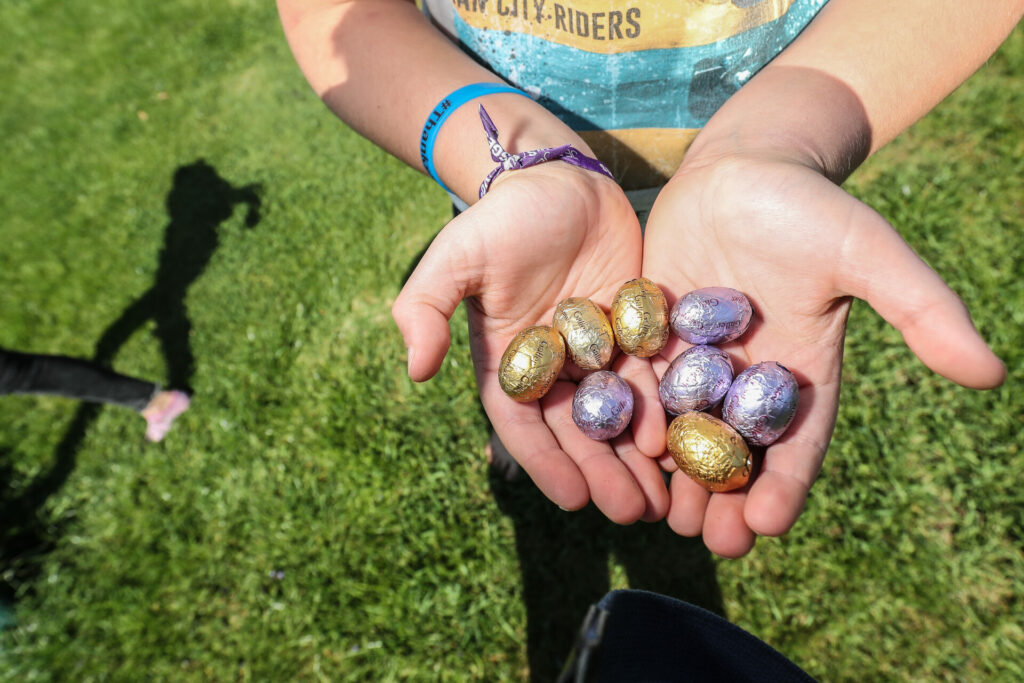Children – and adults – will be preparing for Easter egg hunts across Belgium on Sunday with many delicious chocolate treats to be found in thousands of private gardens and under hedges as part of organised foraging in public parks. But egg hunts are not as straight forward as they may seem. Yes, the principle is quite basic: you spot an egg and you pop it in your basket, but what type of chocolate are you getting and is it the variety you’re hoping for?
The problem remains that each supermarket and egg producer has its own colour code to determine what taste their Easter eggs have. This can be confusing and often frustrating for consumers. German supermarket chain Lidl, which has hundreds of stores across Belgium, came out four years ago to call for more uniformity with the other supermarkets. However, nothing has happened yet and the egg hunt remains a lottery of taste.
After the other supermarket chains first applauded the idea, they have since forgotten about it and moved on. "We have not made any changes to the colours of the packaging in the last four years,” a Lidl spokesperson told Flemish broadcaster VRT. “There are no plans to do this in the future."
Supermarket chain Colruyt sells its Easter eggs loose in plastic containers which come with a label that mentions the taste of each one. There is also a QR code that the customers can scan with their smartphone. This leads them to the colour code, which you can also find on the Colruyt website.
"Some people find it exciting not to know what taste they get, others prefer certainty," Benjamin Verpoort, responsible for product group management at Colruyt, told VRT.
At Okay Compact, there is no QR code on their Easter eggs. Customer visiting those stores have to remember from previous experience which colour goes with which taste.
French company Carrefour follows the colour coding of the French market. According to them, the colour code is based on logic. White chocolate is in white foil, dark chocolate in dark packaging.
Related News
Delhaize thinks it is important that the consumer knows what to expect and wants there to be agreement about the colours and flavours: "There is nothing more difficult than not knowing which flavour is wrapped in which colour," a spokesperson for the Belgian chain told VRT. "We try to follow the sector as well as possible to make it as easy as possible for our customers."
Libeert is a producer of chocolate figures such as the Easter Bunny and Santa Claus. This year they have branched out into making stuffed Easter eggs. “It was quite a challenge to decide which flavour will go with which colour,” their spokesperson said. “We therefore conducted market research and came to the conclusion that there is a line for the most common flavours."
For example, milk chocolate is usually in a blue wrapper, eggs with praliné are in a green wrapper and the dark chocolate in a dark wrapper. "We followed that line," the spokesperson said.

